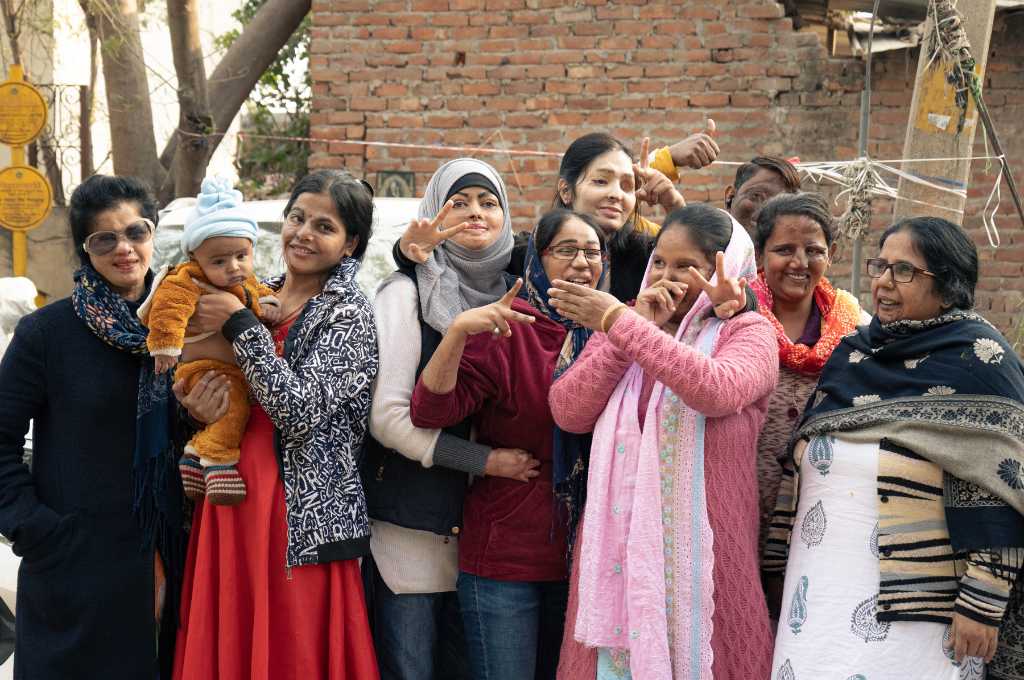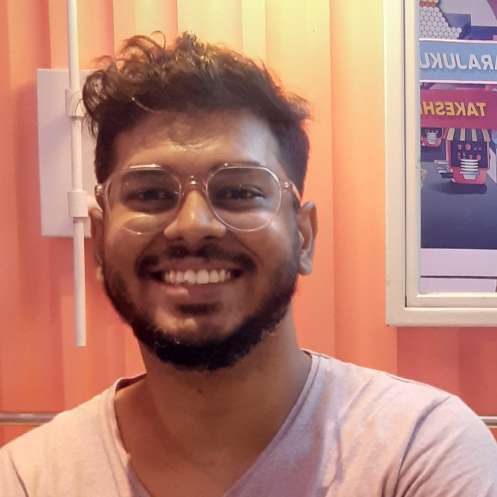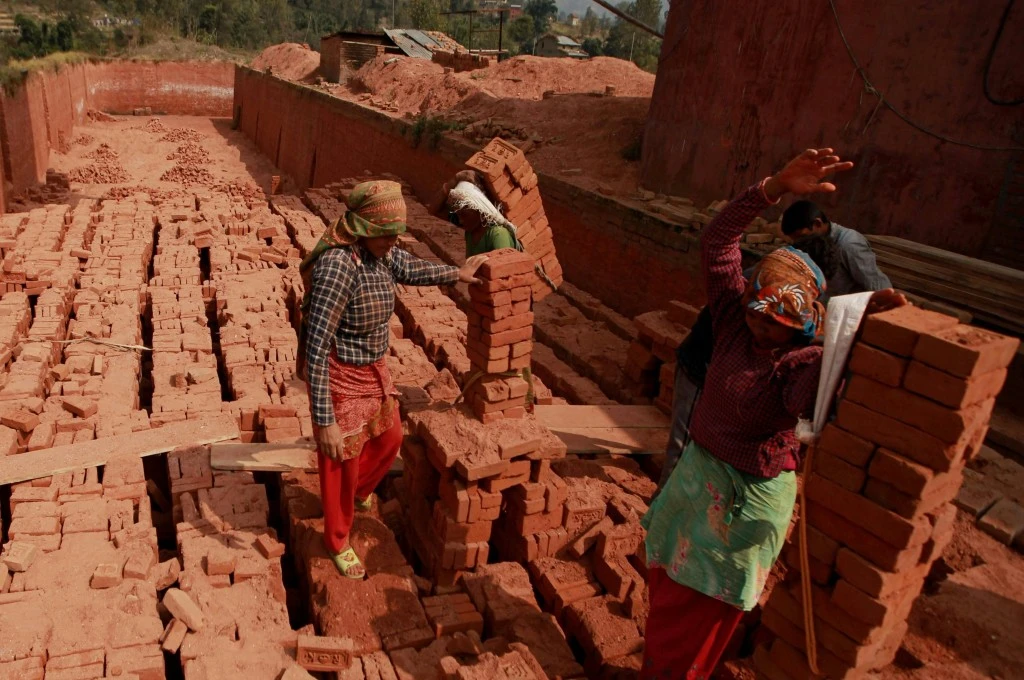There are 7 million cases of burn injuries in India every year—this includes acid attacks and self-inflicted burns. Among those affected, 91,000 are women, and many of them come from low-income households. As they go through long periods of treatment, the survivors and their families often struggle for money. Their situation isn’t helped by the fact that the financial support from the government, even when available, is hard to come by.
Shaheen Malik, founder of Brave Souls Foundation, an organisation that works to rehabilitate acid attack survivors, says, “While there is a minimum compensation, it is very hard to avail due to the long and tedious bureaucratic process. And there is no rehabilitation scheme. There is no uniform pension scheme across states. Even disability pension is barely INR 500–600 [in many states].” Shaheen also underscores that the compensation provided by the government is usually spent on the first surgery, which can go up to INR 2 lakh. No further rehabilitation opportunities or financial compensations are provided to support the survivor.
In the case of self-inflicted burns, there are no compensations provided by the government. Swetha Shankar from International Foundation for Crime Prevention and Victim Care (PCVC), a Chennai-based organisation that helps burn survivors, explains that these cases are often registered as attempted suicide. Underlying domestic violence is not acknowledged and charges of abetment to suicide are not filed either.
For families with daily wage earners, staying with the survivor in the hospital means losing out on income. Households run out of savings very quickly and get into debt. Swetha says, “When this happens, the family might push for an early discharge and take the survivor home, which is detrimental to their health.” To ensure this does not happen, providing support to the caregivers becomes necessary. It is important to make sure that the survivors’ families have all their meals and money for children’s education and tuition fees.
Navigating employment
Shaheen explains that even after being discharged, the survivors require a source of income that pays enough for the multiple surgeries that they may need to go through. But this becomes difficult as the injuries dictate their livelihood choices. She says, “Their career changes a lot [and many need to start over]. We have a survivor who has an MBA but now that she has lost her vision, she will have to learn Braille and start all over again.”
Since many survivors are also young and have not had opportunities for higher education and vocational training, skill building is a key component in their rehabilitation. Shaheen says, “Learning English and computer becomes an important part of training for employment, because these skills open up job opportunities. In addition to speaking with companies for employment, we conduct language classes, yoga classes, computer classes, and legal awareness camps for survivors.”
Psychosocial support is significant part of economic empowerment because burns affect the survivors’ self-image.
Psychosocial support is another significant part of economic empowerment because burns affect the survivors’ self-image. They are worried about how the injuries alter their physical appearance and how they are seen in public. Swetha says, “Social outings are part of the rehabilitation process. The purpose of these outings is to make them feel comfortable in a public space. They also learn how to deal with intrusive questions from people about their burns.” Exposure to public spaces thus becomes a pivotal step in their social reintegration.
PCVC, using their psychosocial counselling process, also thinks through what streams of employment work best for an individual survivor. Swetha explains that they hold long conversations with the survivors in order to understand this better. “Sometimes they respond saying they were always good at math, or that they were good at maintaining the budgets at their house. And we provide them with trainings that can help turn that into an employment opportunity,” she adds.
However, skill training is rendered futile without appropriate employment opportunities. Many nonprofits and CSR initiatives continue to invest in training survivors to work in the beauty industry. But Shaheen says, “Survivors often have disabilities such as [partial] blindness, which makes it difficult for them to work as beauticians or tailors.” She adds, “These jobs do not pay well but remain a popular option for many survivors due to lack of better opportunities.”

Navigating the workplace
While gaining employment itself is a massive hurdle for survivors, many unique challenges also emerge when they do find a job. A lot of stigma is attached to a survivor’s appearance, and co-workers may sometimes disregard a survivor’s boundaries and comfort in order to probe more. The pyschosocial support should equip survivors with the ability to vocalise when people are making them uncomfortable. Swetha says, “Many survivors learn from their peers on how to politely tell someone to stop when they’re asking intrusive questions.” PCVC also has many mirrors in their rehabilitation centre so that the survivors become more comfortable with their reflection and how they look.
While learning to draw boundaries and feeling comfortable in public are important, it is imperative for employers and co-workers to go through sensitivity training. Sometimes this discrimination by co-workers is rooted in the deep dislike for the ‘privileges’, such as leave days, given to the burn survivors by the employing organisation for medical reasons or to attend to case proceedings. Swetha says, “The survivor should never be made to feel grateful for the job. If they are facing discrimination at a workplace, nonprofits such as PCVC help them in addressing the issue with the manager, who could help put adequate measures in place. However, if that also doesn’t work out, the nonprofits should help them find other opportunities.”
Gaps in policy
Many organisations, as part of their inclusivity drive, are keen on hiring burn and acid attack survivors. However, the lack of sensitivity among the general public and inadequate support from the government continue to imperil the lives of the survivors. Even getting disability certificates is a challenging task. “Through the course of my work, I have realised that while people know about this, they’re not really sensitised about the issues survivors face,” says Shaheen. The government does not provide any help other than the minimum compensation. No support or subsidies are offered by the government when it comes to jobs. “We hold meetings with governments, but then months pass and nothing ever happens. We need policy-level interventions,” adds Shaheen.
Self-inflicted burn survivors, who are not even afforded any compensation, struggle to find support. Swetha notes that a centralised burns policy that includes self-inflicted burns would streamline the entire process monumentally. “We will be able to work with the social welfare department and all the schemes and initiatives they have,” she adds.
It is important that prevention programmes include measures against domestic violence, which is the root of the issue.
Curbing domestic violence is an imperative measure in order to end cases of acid attacks and burns. “Ninety percent of the cases we handle involve domestic violence,” states Swetha. It is important that prevention programmes include measures against domestic violence, which is the root of the issue. Banning the sale of acid, kerosene, and loose petrol has also become an important part of the conversation on burns prevention. “India has banned the sale of loose petrol, but we still need to address the root cause of the problem, which is domestic violence.” A ban on kerosene comes with its own challenges since LPG, even with subsidies, cannot be afforded by everyone.
Recognising acid attacks and self-inflicted burns as gendered violence and ensuring that policies acknowledge this and focus on a sound rehabilitation process is important. Swetha adds, “Nothing impactful is going to happen unless we get our messaging right.”
—






